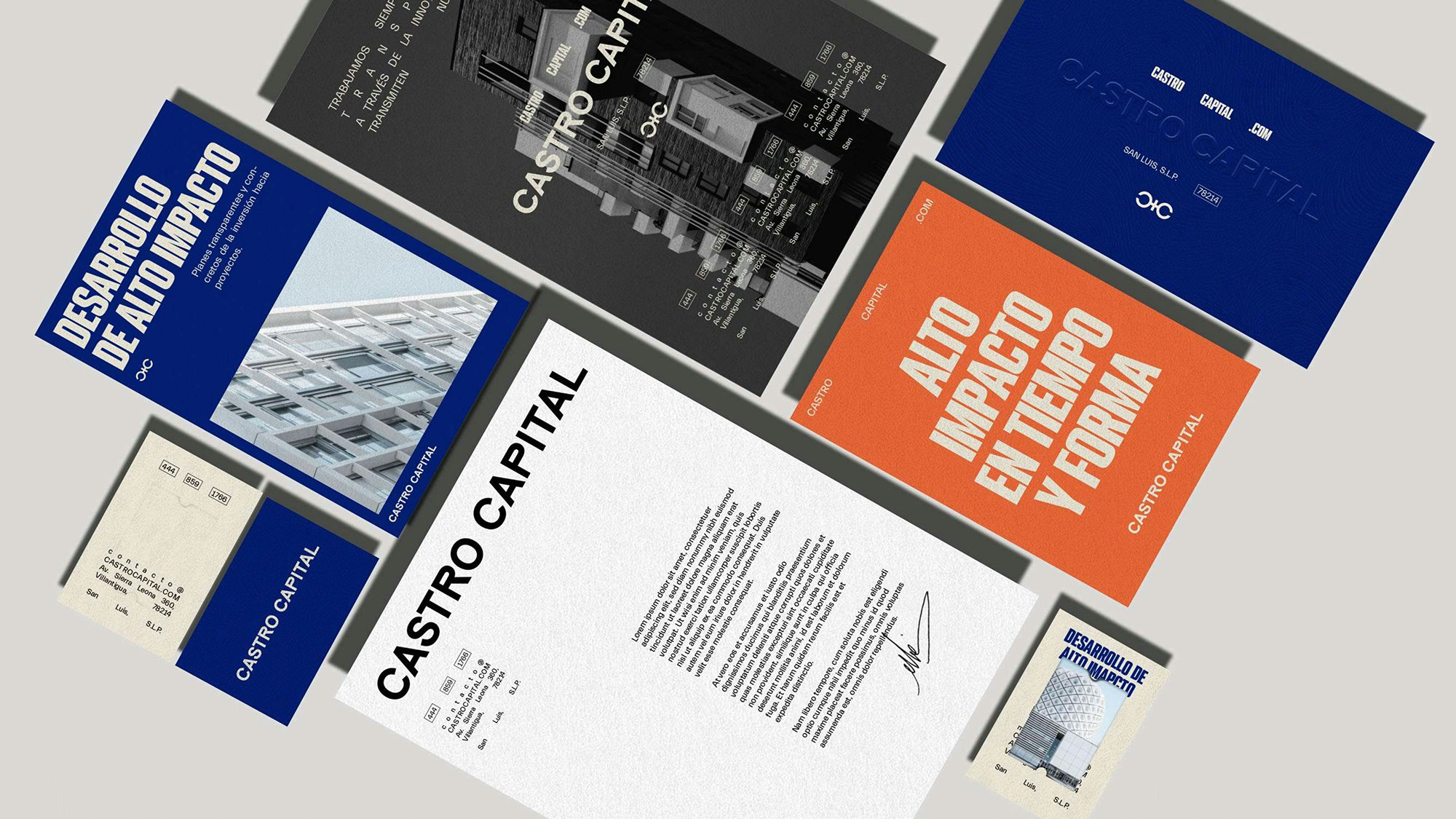
Chapter 7: Preparing for Print
Print
Lesson 1 of 11
Printing is also one of the most expensive and high-stakes parts of the design process – it’s important to get it right.
Printing is one of the most exciting parts of design — there's nothing quite like producing a product you can hold in your hand. Whether you're working on packaging, banners, books, posters, advertisements, brochures, business cards, or any of thousands of potential print needs, print products have a richness to them that cannot be replicated by digital products. While digital errors can often be solved quickly, print errors can waste thousands of dollars. There are many things you need to keep front-of-mind when developing print materials, and if any of them go wrong your design will look unprofessional at best, and contain major errors at worse.
As the world gets more digitized, even many designers may be under-educated (or under-practiced) when it comes to preparing print materials. Moreover, since there are so many moving parts, errors are easy to make, making it especially important that you know what to check for. Finally, most often, you will be the one interpreting and communicating specs to your designers and acting as a liaison between your designer and your printing service. For this reason, it is critical that you thoroughly understand the language of print setup to make sure nothing gets lost in translation.
A thorough understanding of print systems is essential to ensuring...
You don't waste money on expensive print runs that yield a useless product.
Printed colors are accurate, good-looking, and true to your brand standards.
No printed materials are fuzzy or pixelated.
No random white spaces appear at the edges of your
Incorrectly setting up print projects may lead to…
Fuzzy or pixelated imagery and text.
Distorted coloring.
Random white/blank sections on the edges of your products.
Incorrect sizing.
Unevenly spaced content.
Important content getting cut off.
Printer guidelines that appear on the final product.
Limitations in the techniques you can use.
Unprofessional-looking layouts.
Wasted money on unusable materials.